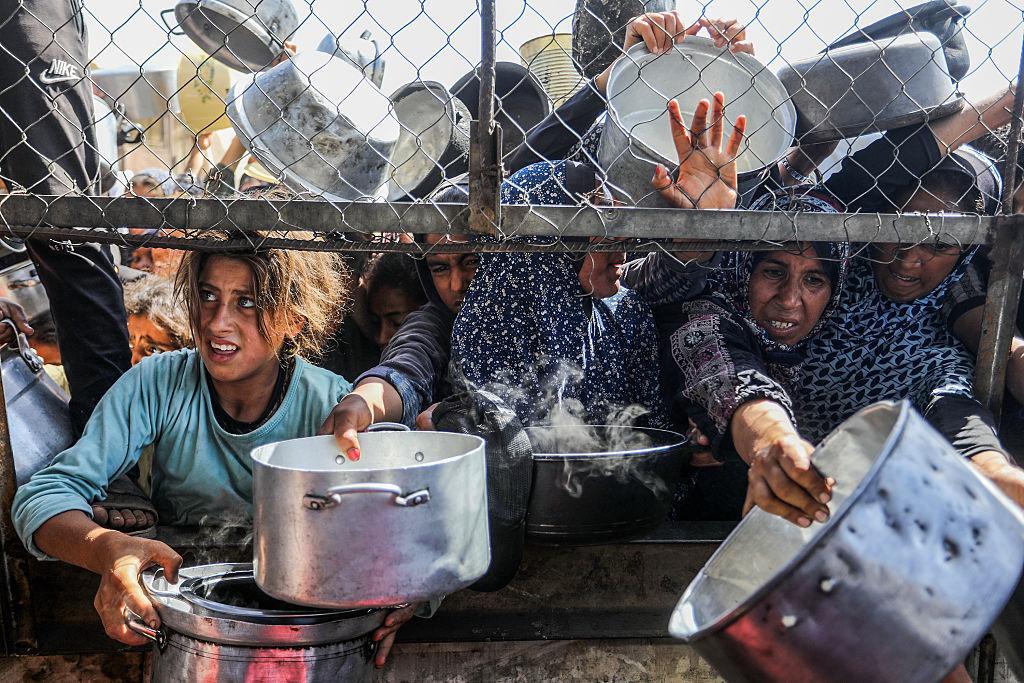
Eid in Gaza: Prayer Amid Ruins, Hunger, and Growing Humanitarian Crisis
As the sun set on June 6, 2025, Palestinians in Gaza gathered for Eid al-Adha prayers, a sacred occasion that brings together families and communities around the world. However, this Eid was like no other. The usually vibrant streets were eerily quiet, with the sounds of warplanes hovering above and the smell of smoke and destruction filling the air. The ongoing conflict had left a trail of devastation, and the people of Gaza were struggling to survive.
For the first time in decades, many Gazans did not have access to a traditional mosque for their Eid prayers. The destruction of mosques and places of worship had forced them to gather in open spaces, a stark reminder of the devastating impact of the conflict. Despite the challenges, hundreds of thousands of Palestinians made their way to makeshift prayer areas, determined to mark this significant occasion.
Eid al-Adha, also known as the Feast of Sacrifice, is a significant holiday in the Islamic calendar, commemorating the willingness of the Prophet Ibrahim (Abraham) to sacrifice his son Ismail (Ishmael) as an act of obedience to God. During this time, Muslims around the world engage in acts of charity, generosity, and kindness, and share meals with family and friends.
However, in Gaza, the traditional Eid celebrations were marred by the harsh realities of war. Over 54,000 lives had been lost, and hundreds of thousands of people had been displaced. The once-thriving city was now a hub of devastation, with entire neighborhoods reduced to rubble. The sound of airstrikes and gunfire had become a constant reminder of the danger that lurked around every corner.
Worse still, the people of Gaza were facing a growing humanitarian crisis. Food scarcity had reached catastrophic levels, with the United Nations warning of impending famine affecting nearly 500,000 people. The UN Office for the Coordination of Humanitarian Affairs (OCHA) reported that 70% of the population was reliant on international aid to survive. The situation was dire, with many families forced to choose between eating or paying for basic necessities like medicine and shelter.
Aid distribution remained a significant challenge, with the constant threat of violence and restrictions on movement hindering efforts to reach those in need. The few aid convoys that managed to enter the territory were often met with hostility, and aid workers were frequently targeted by armed groups.
Despite these challenges, the people of Gaza remained resolute, drawing strength from their faith and community. Eid celebrations were a beacon of hope in the midst of devastation, a reminder that even in the darkest of times, humanity and kindness could prevail.
In the words of a Gaza resident, “Eid is a time for us to come together, to forgive, and to forget our differences. It’s a reminder that we are all human, and that we all deserve to live in dignity and safety.”
As the world watched the unfolding crisis in Gaza, many questions were being asked. How could this level of devastation occur in the 21st century? What had gone wrong, and what could be done to stop the suffering? The answers were complex and multifaceted, involving political, economic, and social factors.
However, one thing was clear – the people of Gaza needed support, and they needed it now. The international community had a responsibility to act, to provide aid and assistance to those affected, and to work towards a lasting solution to the conflict.
As Eid celebrations came to a close, the people of Gaza looked towards a brighter future, one where they could live in peace, security, and dignity. It was a challenging road ahead, but with faith, resilience, and support, they could overcome even the most daunting of obstacles.
Source: https://thecsrjournal.in/eid-al-adha-in-gaza-faith-endures-amid-devastation-and-food-shortages/



